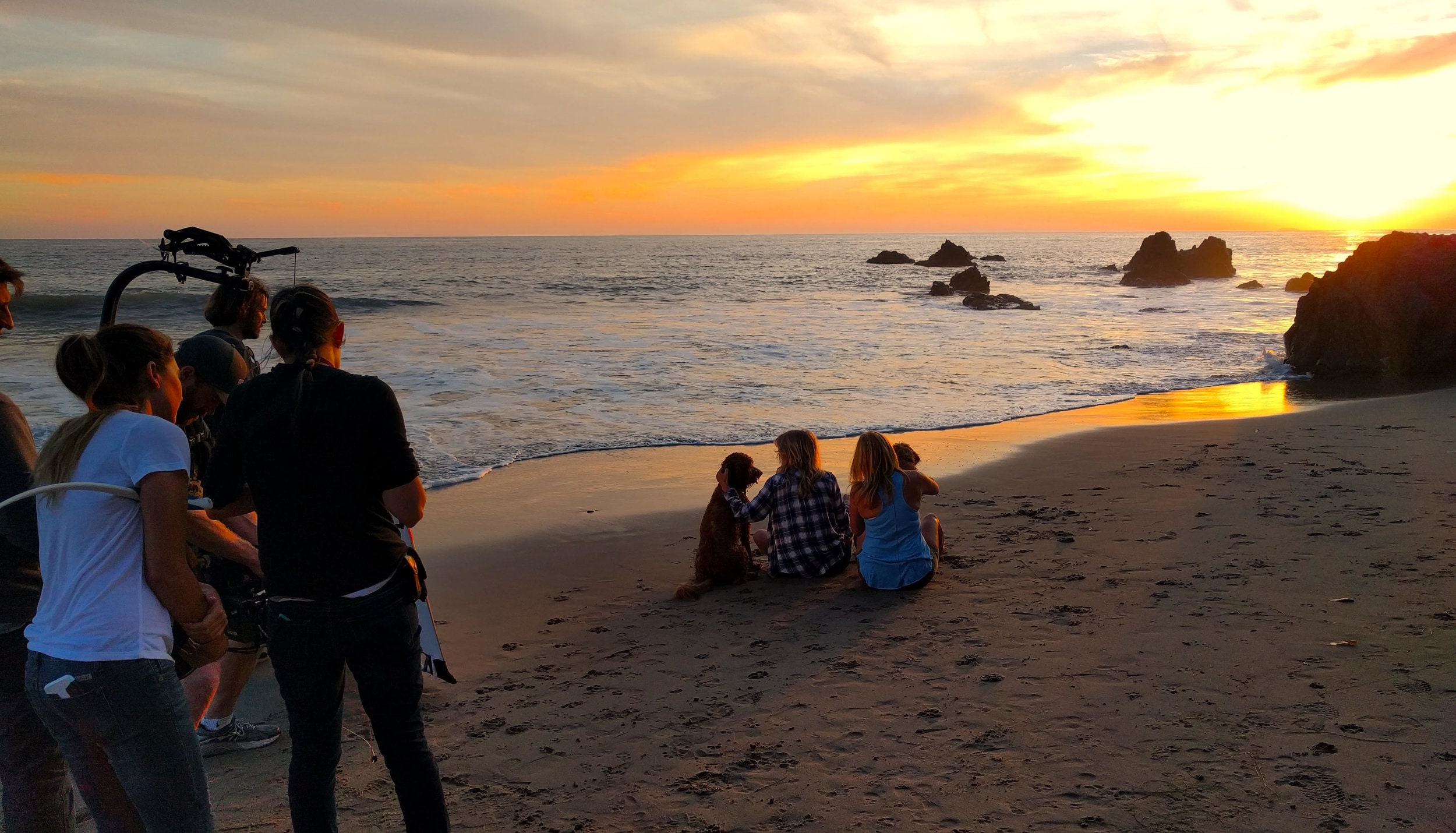April 18, 2017
The Rise Of Real: Why Unscripted Ads Are About To Become the New Normal

More than a decade after Dove’s groundbreaking “Real Beauty” campaign featuring real people, the use of non-actors in advertising is on the way to becoming the new normal. In fact, fewer ads than ever feature celebrities – only 10%. But given the current climate of decreasing brand trust and high skepticism caused by alternative facts, brands that deliver on “real” will hold a bigger advantage than ever before. In just a few years, we should expect a sea change in the industry – with celebrities remaining popular in certain circumstances but “real” taking up 99% of ad space.
Driven in part by technology accessible to the masses like Facebook Live, Snapchat and Periscope, the organic share-power of “real people” moments has been increasing. First, there was “Damn Daniel” – a normal kid commenting on his friend’s shoes. Then we had Ken Bone, a man who asked a simple question at a Presidential debate last fall and became an overnight sensation precisely for being your typical Midwestern guy. Going the unscripted route and using real people in ads is a way for brands to harness this momentum.
PuppySpot, a new company from the executive team that made JDate and Christian Mingle into household names, recently experienced this with their national TV spots. Their commercials not only featured real customers, but also their customers’ “amateur actor” puppies. 10 of them. And none of them trained for the camera. On set filmmakers used staging tricks (peanut butter turned out to be the most valuable asset on the day of the shoot) to capture certain shots, but then intentionally let the unscripted magic happen. The result was the capture of real moments, driving a feeling of authenticity for a company trying to become the first national company in its industry.
Beyond embracing unscripted as a way of staying culturally relevant, the unscripted strategy is also a smart move for driving sales. Consumers’ immediate social circles – the people they trust – have incomparable clout when it comes to informing purchase decisions. In a Forrester Research survey, more than half of respondents stated friends or family influenced their purchase decisions. Brands that leverage “real people” (i.e., people you can relate to) in commercials are harnessing the purchasing power of authenticity to serve as a stand-in for those friends and family members who drive decision-making.
Unscripted ads create more challenges for advertisers. However, the results are tangible: In its first SMB-targeted ads, Carbonite decided to speak to the raw side of business ownership by capturing real small business owners sharing their moments of mishap (and recovery). The campaign, featuring mom-and-pop stores with limited perceived social clout ended up driving over 20,000 unique page views and a 30% higher-than-average social media engagement.
Important to note is the evolving definition of what’s real in advertising. Brands have been searching for ways to embrace the “rise of real” in their advertising for years. In the recent past, advertisers wanting to take advantage of authenticity turned to social media influencers to promote their products. However, the very public mishaps of influencers accidentally posting paid sponsor instructions has blown the authenticity cover of such tactics.
With perceived authenticity of influencer marketing taking a hit, brands are increasingly shifting tactics, foregoing actors and influencers altogether to instead involve real people in order to capture this social peer stamp of approval and guide it to the point of sale. Think of unscripted advertising as influencer marketing 2.0 – without the #ad or #sponsored.
While unscripted is a term that not long ago seemed to signify an abnormal or divergent style in advertising and entertainment media, the demand for real will only continue to propel the rise of unscripted advertising into the dominant form of brand communication.
